-
 Bitcoin
Bitcoin $118700
0.18% -
 Ethereum
Ethereum $4207
-0.08% -
 XRP
XRP $3.137
-1.21% -
 Tether USDt
Tether USDt $0.0000
-0.01% -
 BNB
BNB $802.0
0.16% -
 Solana
Solana $174.9
-4.66% -
 USDC
USDC $0.0000
0.01% -
 Dogecoin
Dogecoin $0.2240
-3.41% -
 TRON
TRON $0.3443
1.62% -
 Cardano
Cardano $0.7730
-2.77% -
 Hyperliquid
Hyperliquid $43.29
-3.27% -
 Chainlink
Chainlink $21.13
-3.66% -
 Stellar
Stellar $0.4295
-2.58% -
 Sui
Sui $3.652
-4.60% -
 Bitcoin Cash
Bitcoin Cash $577.8
1.67% -
 Hedera
Hedera $0.2453
-4.42% -
 Ethena USDe
Ethena USDe $1.001
-0.01% -
 Avalanche
Avalanche $22.85
-3.28% -
 Litecoin
Litecoin $120.4
-2.94% -
 Toncoin
Toncoin $3.367
1.48% -
 UNUS SED LEO
UNUS SED LEO $8.979
-0.56% -
 Shiba Inu
Shiba Inu $0.00001294
-4.04% -
 Uniswap
Uniswap $11.03
1.68% -
 Polkadot
Polkadot $3.856
-4.18% -
 Dai
Dai $1.000
0.00% -
 Cronos
Cronos $0.1654
2.16% -
 Ethena
Ethena $0.7810
0.70% -
 Monero
Monero $272.9
2.11% -
 Bitget Token
Bitget Token $4.397
-0.88% -
 Pepe
Pepe $0.00001124
-5.87%
What are the different NFT standards (e.g., ERC-721, ERC-1155)?
NFT standards like ERC-721, ERC-1155, and emerging alternatives enable secure, interoperable digital ownership across blockchains, each tailored to specific use cases from art to gaming.
Aug 11, 2025 at 05:35 am
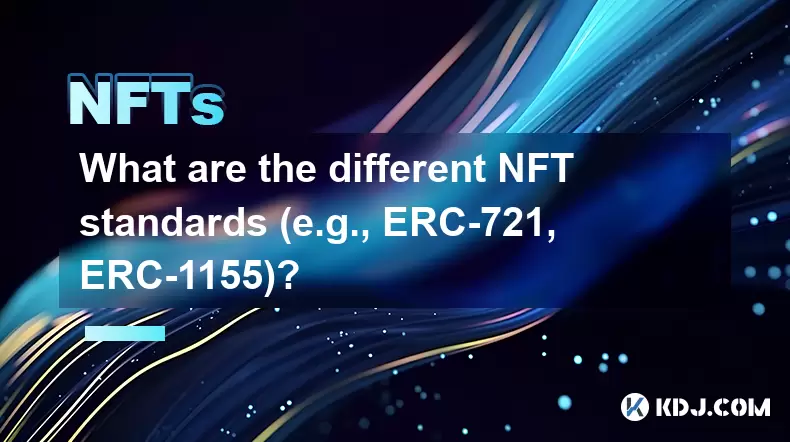
Understanding NFT Standards and Their Role in Blockchain Ecosystems
NFT standards define the rules and technical specifications for creating and managing non-fungible tokens on blockchain platforms. These standards ensure interoperability, security, and consistency across decentralized applications (dApps), wallets, and marketplaces. The most widely adopted NFT standards are built on the Ethereum blockchain, although similar standards exist on other networks. Each standard offers distinct features tailored to specific use cases, from digital art to in-game assets. The foundation of these standards lies in smart contracts, which are self-executing programs that enforce the rules of token creation, ownership, and transfer.
ERC-721: The Pioneer of Non-Fungible Tokens
ERC-721 is the first standardized interface for non-fungible tokens on Ethereum. Introduced in 2018, it enables the creation of unique digital assets, each with a distinct identifier. This standard ensures that every token is indivisible and non-interchangeable, making it ideal for representing one-of-a-kind items such as digital artwork, collectibles, or real estate deeds. The core functions of ERC-721 include transferFrom, which allows ownership transfer, and ownerOf, which verifies the current holder of a token.
- Implementing ERC-721 requires deploying a smart contract that adheres to the EIP-721 specification.
- Developers must define a
name,symbol, and implement event emissions likeTransferandApproval. - Metadata for each token is typically stored off-chain using IPFS or centralized servers, with a URI returned by the
tokenURIfunction. - Each token is assigned a unique
tokenId, which remains constant for its lifetime.
ERC-721’s structure supports royalty mechanisms through extensions, allowing creators to receive a percentage on secondary sales. However, managing large collections of ERC-721 tokens can be costly due to the need for separate transactions for each token.
ERC-1155: The Multi-Token Standard
ERC-1155 introduces a significant evolution by supporting both fungible and non-fungible tokens within a single contract. Developed by Enjin, this standard allows for batch operations, reducing gas costs and improving efficiency. Unlike ERC-721, where each token requires its own contract or extensive mapping, ERC-1155 uses a single contract to manage multiple token types through a tokenID system that can represent various asset classes.
- A single
safeTransferFromfunction handles transfers for both NFTs and fungible tokens. - The
balanceOffunction can query holdings for multiple token types at once. - Batch transfers via
safeBatchTransferFromallow moving several tokens in one transaction, drastically cutting gas fees. - Each
tokenIDin ERC-1155 can be configured as fungible, non-fungible, or semi-fungible (e.g., limited edition items).
This flexibility makes ERC-1155 ideal for gaming environments where players own a mix of unique weapons, consumable items, and currency. The standard also supports approval for all via setApprovalForAll, enabling third-party platforms to manage a user’s entire inventory.
Other Notable NFT Standards on Ethereum
Beyond ERC-721 and ERC-1155, several experimental or niche standards have emerged to address specific needs. ERC-998, also known as Composable NFTs, allows NFTs to own other NFTs or fungible tokens. This enables hierarchical ownership structures, such as a virtual character (NFT) owning weapons, pets, or tokens.
- ERC-998 contracts implement
takeOwnershipandtransferChildfunctions to manage nested assets. - Such composable structures are useful in complex metaverse applications where digital entities accumulate items.
Another emerging standard is ERC-721A, optimized for bulk minting. Created by Azuki, it reduces gas costs when minting multiple NFTs to the same address by updating ownership only once per transaction instead of per token.
- ERC-721A modifies the
_mintfunction to batch updates to theownersmapping. - It is particularly beneficial for NFT projects offering large public mints.
These variations demonstrate the Ethereum community’s ongoing efforts to refine NFT functionality and reduce user costs.
NFT Standards on Non-Ethereum Blockchains
While Ethereum hosts the most recognized NFT standards, other blockchains have developed their own. On Binance Smart Chain (BSC), BEP-721 and BEP-1155 mirror ERC-721 and ERC-1155 respectively, ensuring cross-chain compatibility for developers familiar with Ethereum standards.
- BEP-721 contracts function identically to ERC-721 but deploy on BSC for lower transaction fees.
- BEP-1155 supports multi-token operations similar to its Ethereum counterpart.
Solana uses a different architectural approach. Its NFTs are built on the Metaplex Standard, which leverages Solana’s token program and stores metadata in separate accounts. NFTs on Solana are typically SPL tokens with a supply of one and metadata linked via on-chain JSON.
- Creating a Solana NFT involves initializing a mint account, token account, and metadata account.
- Metadata includes name, symbol, URI, seller fee basis points, and creators.
- The use of Candy Machine programs enables automated NFT drops with configurable settings.
Tezos employs FA2, a multi-asset standard supporting NFTs, fungible tokens, and allowances in one interface. FA2 emphasizes formal verification and low fees, appealing to artists and institutions.
Choosing the Right NFT Standard for Your Project
Selecting an appropriate NFT standard depends on the project’s requirements. For unique digital art, ERC-721 remains the most trusted option due to its widespread support and proven track record. Projects involving game assets with multiple item types benefit from ERC-1155 due to its efficiency and flexibility.
- If the application requires nested ownership, such as NFTs containing other tokens, ERC-998 should be considered.
- For large-scale mints where cost efficiency is critical, ERC-721A offers substantial gas savings.
- On high-throughput chains like Solana, the Metaplex standard enables fast, low-cost NFT creation suitable for mass adoption.
Developers must also consider wallet and marketplace compatibility. Most platforms support ERC-721 and ERC-1155 natively, while newer or chain-specific standards may have limited integration.
Frequently Asked Questions
Can an ERC-1155 token be both fungible and non-fungible at the same time?
Yes, within a single ERC-1155 contract, different tokenIDs can represent different types. One tokenID might represent a non-fungible digital artwork, while another tokenID could represent a fungible in-game currency. The contract manages these distinctions internally.
How is metadata handled in ERC-721 versus ERC-1155?
Both standards use a tokenURI function to point to JSON metadata. The structure of the JSON is typically the same—containing fields like name, description, and image. The difference lies in implementation: ERC-721 returns metadata per tokenId, while ERC-1155 can batch metadata queries but usually follows the same URI pattern per token type.
Is it possible to convert an ERC-721 token into an ERC-1155 token?
Direct conversion is not possible due to differing contract structures. However, a new ERC-1155 contract can be deployed, and the original ERC-721 token can be burned while minting an equivalent token in the new standard. This process requires user approval and a bridging mechanism.
Do all wallets support ERC-1155 tokens?
Not all wallets display ERC-1155 tokens correctly. While major wallets like MetaMask and Trust Wallet have added support, some may only show fungible tokens or fail to render NFTs properly. Users should verify compatibility before transferring ERC-1155 assets.
Disclaimer:info@kdj.com
The information provided is not trading advice. kdj.com does not assume any responsibility for any investments made based on the information provided in this article. Cryptocurrencies are highly volatile and it is highly recommended that you invest with caution after thorough research!
If you believe that the content used on this website infringes your copyright, please contact us immediately (info@kdj.com) and we will delete it promptly.
- Dogecoin's Rally Pause: Bullish Structure Still Intact?
- 2025-08-12 04:50:12
- Whales, Altcoins, and Accumulation: What's the Hype?
- 2025-08-12 04:55:16
- Floki's Valhalla: From Viking Raids to Mainstream MMORPG Domination
- 2025-08-12 05:10:12
- Do Kwon, Terra LUNA, and Lunar Horizons: A Tale of Trials and Tribulations
- 2025-08-12 04:30:12
- Bitcoin, Wealth Protection, and Economies: A Modern Financial Safety Net
- 2025-08-12 04:30:12
- INJ ETF, Crypto Future, and Uncertainty: Navigating the Murky Waters
- 2025-08-12 02:50:12
Related knowledge
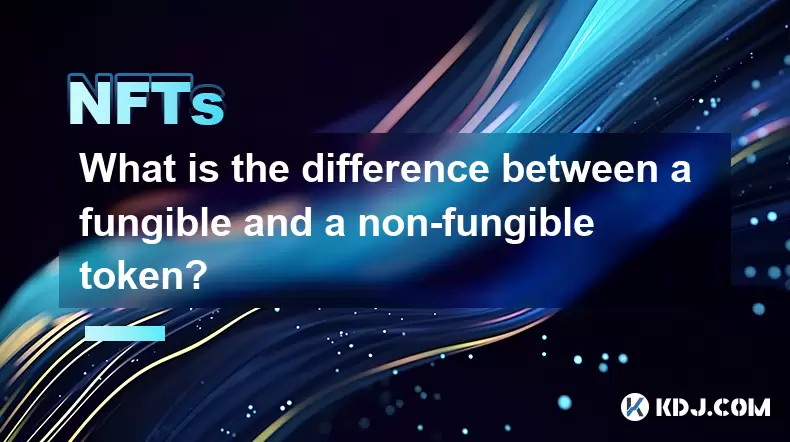
What is the difference between a fungible and a non-fungible token?
Aug 11,2025 at 12:07pm
Understanding Fungibility in Digital AssetsThe concept of fungibility is foundational to understanding both fungible and non-fungible tokens (NFTs) in...
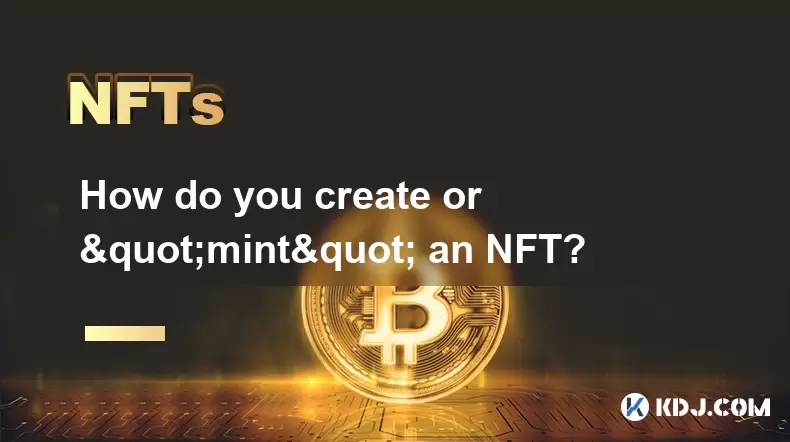
How do you create or "mint" an NFT?
Aug 09,2025 at 08:56pm
Understanding What an NFT Is Before MintingBefore diving into the process of creating an NFT, it's essential to understand what an NFT actually is. An...
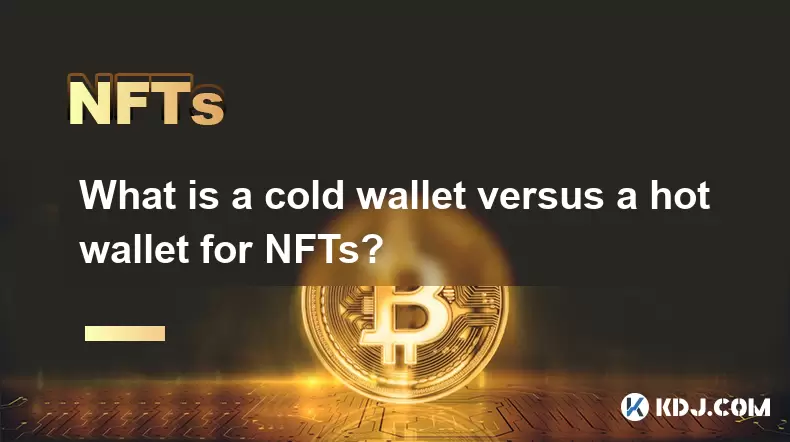
What is a cold wallet versus a hot wallet for NFTs?
Aug 10,2025 at 10:49pm
Understanding Cold Wallets and Hot Wallets in the NFT EcosystemIn the world of NFTs (Non-Fungible Tokens), digital ownership and security are paramoun...

How do I protect my NFTs from being stolen?
Aug 11,2025 at 06:28pm
Understanding the Risks to NFT OwnershipNFTs, or non-fungible tokens, represent unique digital assets secured on blockchain networks. Despite their cr...
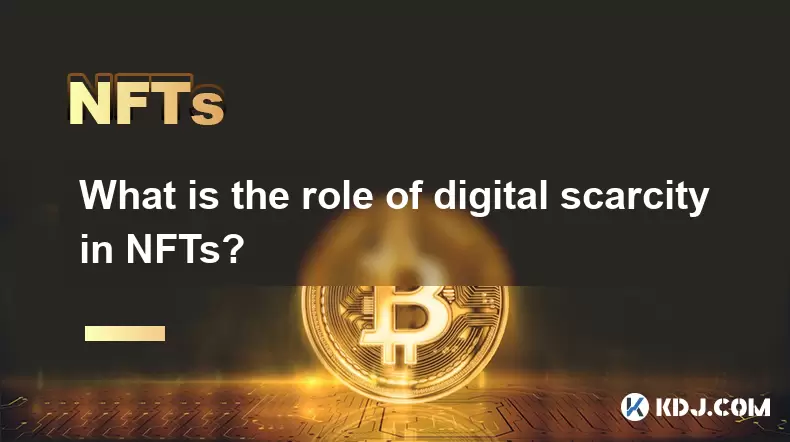
What is the role of digital scarcity in NFTs?
Aug 11,2025 at 11:36pm
Understanding Digital Scarcity in the Context of NFTsDigital scarcity refers to the deliberate limitation of digital assets to create value through ra...
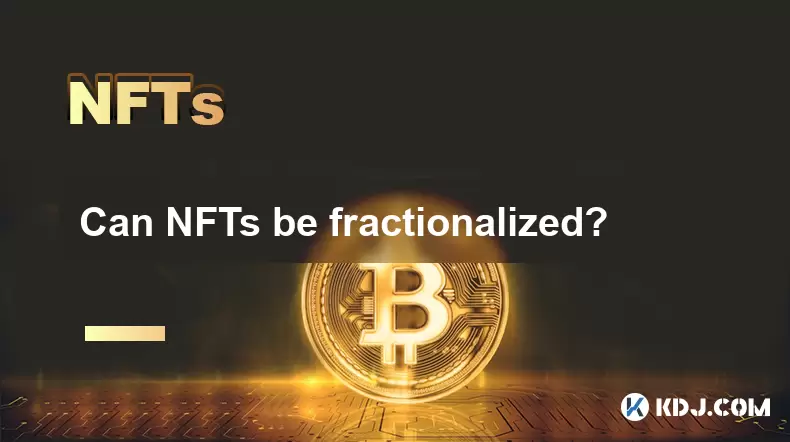
Can NFTs be fractionalized?
Aug 11,2025 at 12:07am
Understanding NFT FractionalizationNFT fractionalization refers to the process of dividing a single non-fungible token into multiple smaller, fungible...

What is the difference between a fungible and a non-fungible token?
Aug 11,2025 at 12:07pm
Understanding Fungibility in Digital AssetsThe concept of fungibility is foundational to understanding both fungible and non-fungible tokens (NFTs) in...

How do you create or "mint" an NFT?
Aug 09,2025 at 08:56pm
Understanding What an NFT Is Before MintingBefore diving into the process of creating an NFT, it's essential to understand what an NFT actually is. An...

What is a cold wallet versus a hot wallet for NFTs?
Aug 10,2025 at 10:49pm
Understanding Cold Wallets and Hot Wallets in the NFT EcosystemIn the world of NFTs (Non-Fungible Tokens), digital ownership and security are paramoun...

How do I protect my NFTs from being stolen?
Aug 11,2025 at 06:28pm
Understanding the Risks to NFT OwnershipNFTs, or non-fungible tokens, represent unique digital assets secured on blockchain networks. Despite their cr...

What is the role of digital scarcity in NFTs?
Aug 11,2025 at 11:36pm
Understanding Digital Scarcity in the Context of NFTsDigital scarcity refers to the deliberate limitation of digital assets to create value through ra...

Can NFTs be fractionalized?
Aug 11,2025 at 12:07am
Understanding NFT FractionalizationNFT fractionalization refers to the process of dividing a single non-fungible token into multiple smaller, fungible...
See all articles

























































































